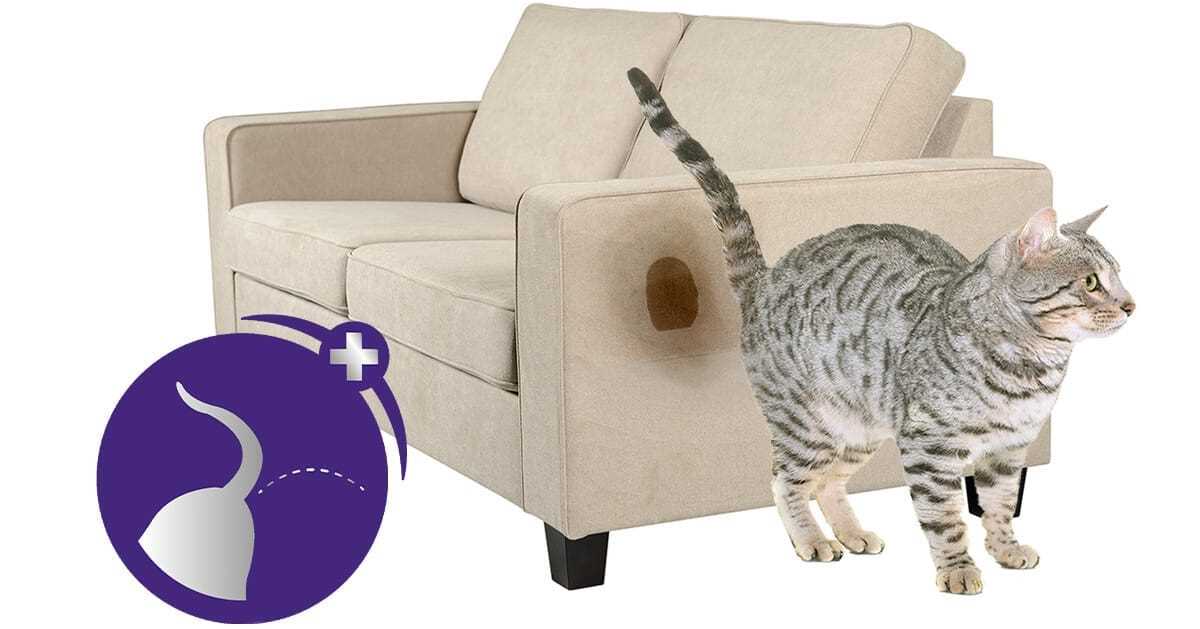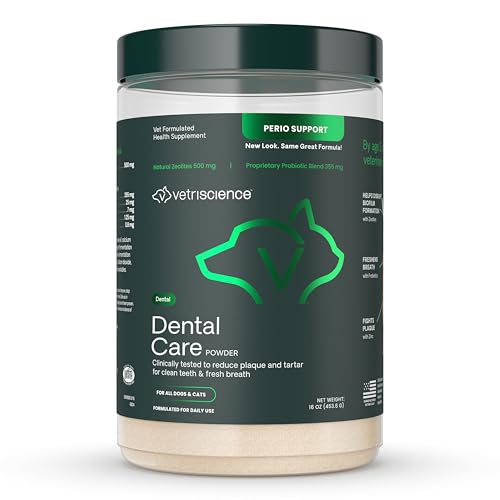



If you’ve encountered the pungent scent that can linger after a territorial marking, immediate action is paramount. Begin with a thorough blotting of the affected area using paper towels to absorb as much liquid as possible. Avoid rubbing, as this can spread the stain and odor further.
Next, a mixture of white vinegar and water can work wonders. Combine equal parts of both in a spray bottle, apply it generously over the soiled region, and allow it to sit for at least 10 to 15 minutes. The vinegar neutralizes the odor while breaking down the remnants of the substance.
After the vinegar treatment, sprinkle baking soda over the area. This natural deodorizer will help absorb any lingering scents. Leave it for several hours or overnight before vacuuming it up. For stubborn odors, an enzymatic cleaner specifically designed for pet messes can be used as a follow-up. These cleaners break down odor-causing compounds effectively, restoring freshness to your environment.
Eliminating Unpleasant Odors
For a thorough approach, I recommend using a mixture of white vinegar and water. Combine equal parts in a spray bottle and apply it directly to the affected area. Let it sit for about 10-15 minutes, then blot with a clean cloth. This method neutralizes strong odors effectively.
Utilizing Baking Soda
Baking soda works wonders too. After treating the area with vinegar, sprinkle a generous amount of baking soda over the damp spot. Allow it to sit overnight to absorb remaining odors, then vacuum it up the next day. This two-step process ensures a fresher space.
Commercial Cleaners
If natural solutions aren’t cutting it, consider investing in enzymatic cleaners specifically designed for pet odors. Look for products that break down the proteins responsible for the unpleasant scent. Follow the instructions carefully for optimal results.
Always test any cleaner on a small, inconspicuous area first to avoid damage. Regular cleaning and immediate attention to accidents can greatly reduce lingering odors in your environment.
Identify the Source of the Odor
First, locate the exact area where the scent is strongest. Use your nose to guide you; this will help narrow down potential spots.
Check common places where I might have marked my territory:
- Furniture legs
- Baseboards
- Carpets and rugs
- Walls, especially near corners
- Beds or blankets
Inspect these surfaces for any visible stains or discoloration. A blacklight can reveal hidden markings that are not always noticeable in regular light.
Don’t overlook areas that may have absorbed the odor over time, like:
- Hardwood floors
- Underneath furniture
- Closets or storage spaces
Once the source is identified, you can target your cleaning efforts more effectively. Being thorough ensures that all lingering traces are addressed, preventing future issues.
Choose the Right Cleaning Solution
Opt for enzymatic cleaners specifically designed to neutralize pet odors. These solutions break down the components responsible for unpleasant scents, effectively eliminating the source rather than masking it. Look for products containing natural enzymes or bacteria, as they are highly effective and safe for various surfaces.
Homemade Alternatives
If you prefer a DIY approach, mix equal parts white vinegar and water in a spray bottle. This combination helps to neutralize odors and disinfect surfaces. Baking soda is another powerful ally; sprinkle it on the affected area and let it sit for several hours before vacuuming. This will absorb lingering odors and leave a fresher scent behind.
Commercial Options
For stubborn odors, consider commercial solutions designed for tough stains and smells. Brands offering specialized pet odor eliminators often provide guarantees on their effectiveness. Always read labels and ensure the product is safe for the specific surfaces you plan to treat. Test a small area first to avoid damage.
Step-by-Step Cleaning Process for Fabrics
For removing unpleasant odors from fabrics, begin with a thorough blotting of the affected area. Use a clean cloth to absorb as much of the liquid as possible. Press firmly but avoid rubbing, which can spread the fluid.
Preparation
Next, mix a solution of one part white vinegar and one part water in a spray bottle. Vinegar neutralizes odors effectively. Spray the solution onto the stained area, ensuring it’s damp but not soaking wet.
Washing
After allowing the vinegar solution to sit for about 10-15 minutes, launder the fabric according to the care label. Select a cycle that matches the fabric type, and opt for a quality detergent. If possible, add a cup of baking soda during the wash to enhance odor elimination.
Once the washing cycle is complete, air dry the fabric. Avoid using a dryer until you are certain the odor is gone, as heat can set any remaining scent. Check the fabric after drying; if any trace remains, repeat the cleaning process.
Cleaning Hard Surfaces: Tips and Tricks
For effective removal of persistent odors from hard surfaces, start with a thorough cleaning agent. Choose a solution formulated to break down organic materials, like enzymatic cleaners, which can neutralize unpleasant scents. Always test on a small, inconspicuous area first.
Use a mop or cloth to apply the cleaner, ensuring even coverage. For stubborn spots, let the solution sit for several minutes before wiping it away. Rinse with clean water to remove any residue, which can attract dirt.
Consider these materials for cleaning:
| Surface Type | Recommended Cleaner |
|---|---|
| Tile | Vinegar and water solution |
| Wood | Gentle detergent diluted with water |
| Concrete | Enzymatic cleaner or pressure washer |
When using a pressure washer, choose one suitable for smaller areas, like a best pressure washer for small patio. It can effectively remove ingrained dirt and odor-causing residues, especially on outdoor surfaces.
Finish with a thorough drying process. Use fans or open windows to facilitate airflow, as moisture can lead to lingering odors.
Preventing Future Marking Behavior
To reduce the chances of reoccurrence, establish a routine for litter box maintenance. Keep it clean and odor-free by scooping daily and changing the litter regularly. Place the box in a quiet, accessible location and ensure it’s spacious enough for comfort.
Neutering or spaying is a significant step. This procedure can diminish territorial instincts, which often lead to unwanted marking. Consult with a veterinarian to determine the best timing for this intervention.
Environmental Enrichment
Enhance the living space with climbing structures, scratching posts, and toys. Engaging activities can redirect energy and reduce stress, which may otherwise contribute to marking. Provide safe spaces where I can retreat when feeling anxious.
Consistent Training

Positive reinforcement works wonders. Reward desired behaviors with treats or affection. If I attempt to mark, redirect me immediately to an appropriate area, like the litter box. Consistency in training will foster good habits over time.
When to Seek Professional Help
If you notice persistent odors despite your cleaning efforts, it may be time to consult a professional. Some products and techniques might not be sufficient to eliminate the scent entirely, especially if the liquid has penetrated deep into carpets, upholstery, or other materials.
Signs It’s Time for Experts
Look for indicators such as:
- Lingering odor after multiple cleaning attempts
- Stains that reappear despite treatment
- Behavior changes in your furry friend, such as avoiding certain areas
Professionals possess specialized tools and solutions that can access deep-seated issues. They can also offer advice on how to prevent future incidents, ensuring your home remains fresh.
Considerations for Choosing a Service
When selecting a cleaning service, ensure they have experience with pet-related issues. Verify customer reviews and ask about their methods. Some services use eco-friendly products, which can be beneficial for both your home and your pet.
For long-term solutions, investing in resources like a best self cleaning litter box for large cats can help manage marking behaviors and reduce the likelihood of odor issues in the future.










